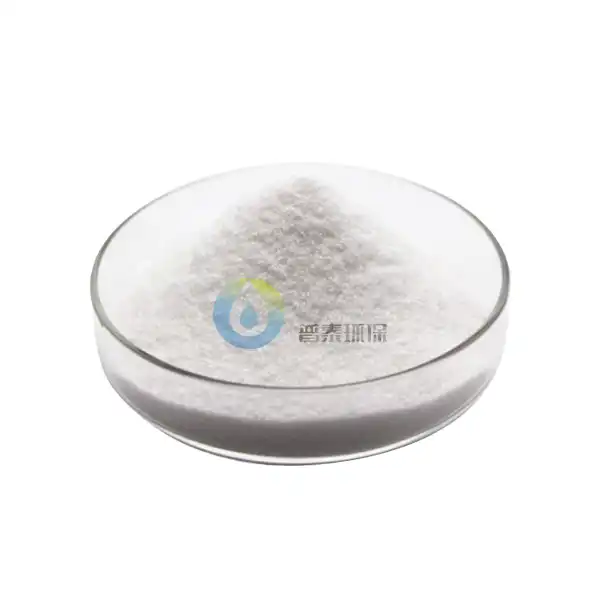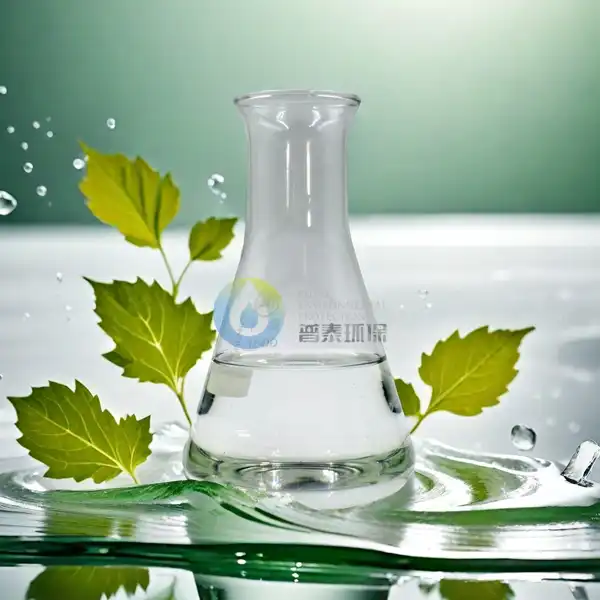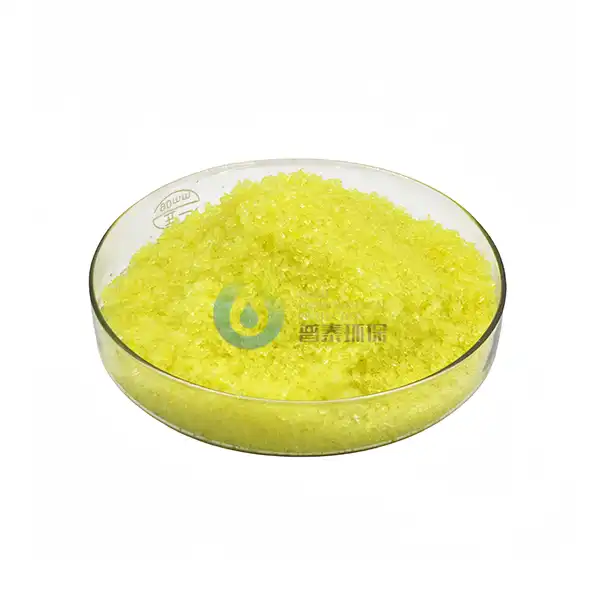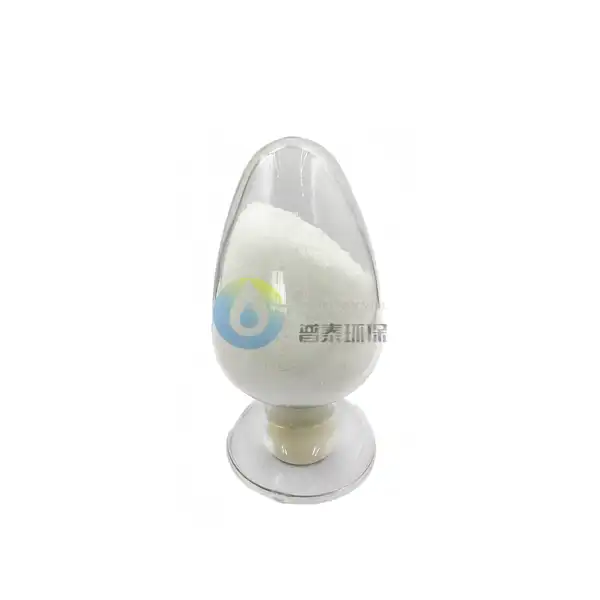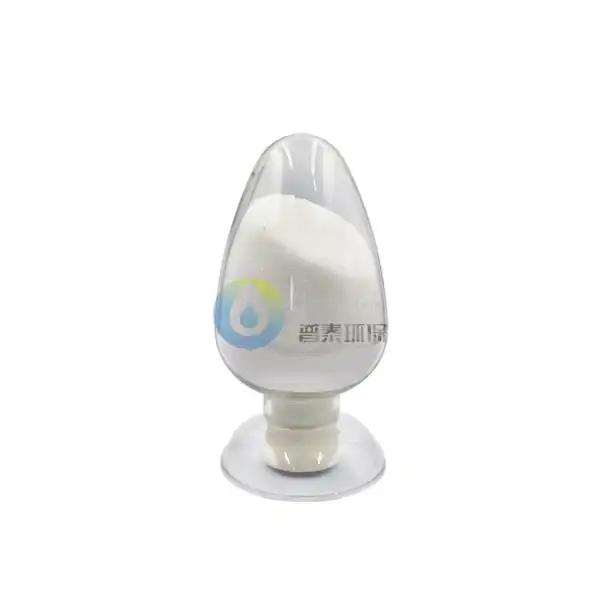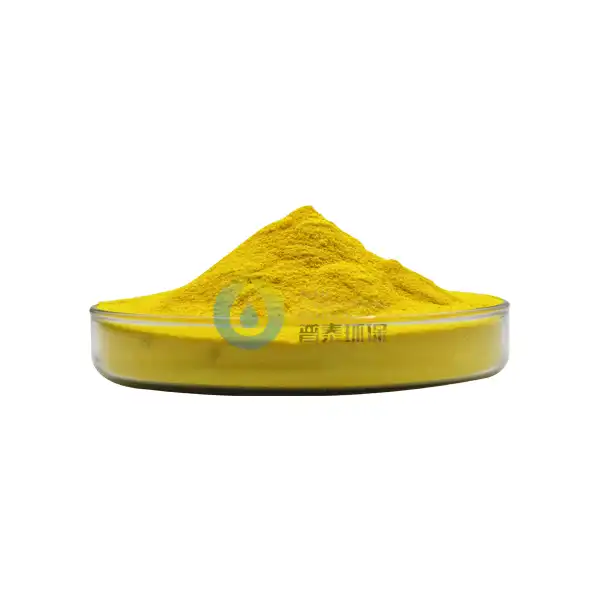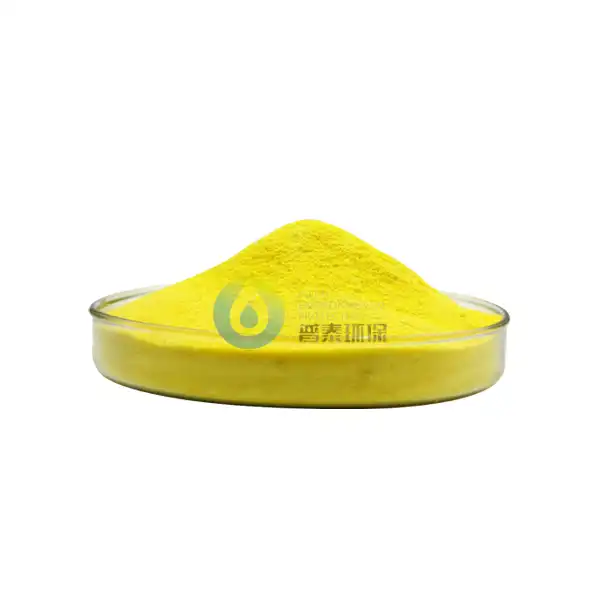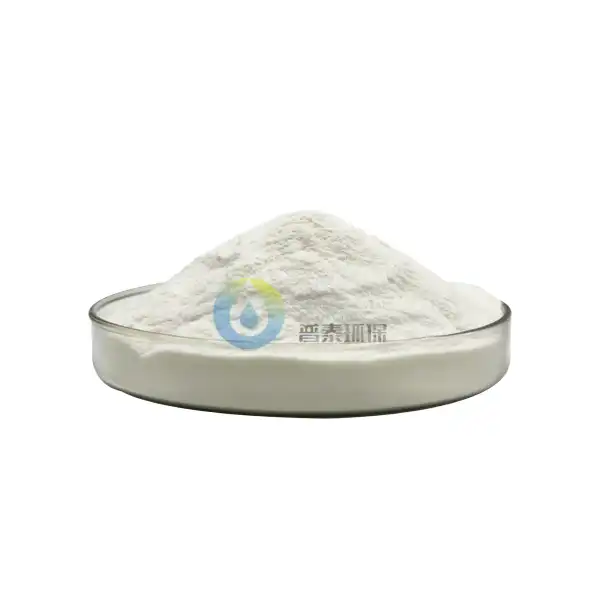How is Poly Aluminium Chloride Applied in Drinking Water Treatment Facilities?
Poly Aluminium Chloride (PAC) has emerged as a critical chemical compound revolutionizing the drinking water treatment industry. This innovative coagulant plays a pivotal role in ensuring clean, safe, and potable water for communities worldwide. By effectively removing impurities, suspended particles, and potential contaminants, PAC has become an indispensable solution in modern water treatment facilities, addressing complex water purification challenges with remarkable efficiency and precision.
The global water treatment landscape continues to evolve, with increasing environmental challenges and growing population demands placing unprecedented pressure on water purification technologies. PAC represents a sophisticated response to these challenges, offering a versatile and highly effective approach to water treatment that transcends traditional chemical treatment methodologies. Its molecular engineering provides water treatment professionals with a powerful tool to combat increasingly complex water contamination issues.
How Does PAC Improve Water Particle Removal Mechanisms?
Poly Aluminium Chloride operates through a sophisticated molecular interaction that sets it apart from traditional water treatment chemicals. When introduced into water systems, PAC initiates a complex coagulation process that dramatically enhances particle removal efficiency. The unique chemical structure of Poly Aluminium Chloride for drinking water treatment allows it to create robust, stable flocs that effectively capture microscopic impurities.
At the molecular level, PAC generates positively charged hydroxyl complexes that interact with negatively charged suspended particles. These interactions trigger a phenomenon known as charge neutralization, where colloidal particles lose their electrostatic stability and begin to aggregate. The resulting floc formation enables water treatment facilities to remove turbidity, organic matter, and various microcontaminants with unprecedented precision.
Water treatment engineers have consistently observed that Poly Aluminium Chloride demonstrates superior performance compared to traditional aluminum-based coagulants. Its lower basicity and more consistent molecular weight distribution contribute to more stable and predictable water purification outcomes. Facilities utilizing PAC report significant improvements in water clarity, reduced sludge production, and enhanced overall treatment efficiency.
The technological advancement represented by PAC extends beyond simple mechanical filtration. Modern research indicates that its molecular structure allows for more nuanced interactions with water contaminants, potentially capturing emerging pollutants that traditional treatment methods might overlook. This includes trace pharmaceutical residues, microplastics, and complex organic compounds that pose increasing challenges to water treatment facilities globally.
What Are the Comprehensive Mechanisms of PAC in Water Treatment Processes?
The application of Poly Aluminium Chloride in drinking water treatment involves multiple sophisticated mechanisms that extend beyond simple particle removal. These comprehensive processes represent a holistic approach to water purification, addressing various contamination challenges simultaneously.
Initial interaction begins with surface adsorption, where PAC molecules attach to suspended particle surfaces. This initial contact creates a bridge between contaminants, facilitating their aggregation into larger, more manageable clusters. The versatility of Poly Aluminium Chloride for drinking water treatment allows it to target diverse pollutants, including heavy metals, organic compounds, and microbiological entities.
Industrial research demonstrates that PAC's effectiveness stems from its ability to operate across a wide pH range, typically between 5.5 and 8.5. This flexibility enables water treatment facilities to maintain consistent performance under varying environmental conditions. Moreover, the rapid flocculation process initiated by PAC significantly reduces treatment time, allowing for more efficient water purification workflows.
Environmental sustainability represents another critical advantage of PAC technology. Compared to traditional coagulants, PAC requires lower dosage levels, resulting in reduced chemical consumption and minimized environmental impact. This efficiency translates to lower operational costs and a reduced carbon footprint for water treatment facilities, aligning with global environmental conservation efforts.
How Do Water Treatment Facilities Optimize PAC Dosage and Application?
Precise dosage control represents a critical aspect of implementing Poly Aluminium Chloride in drinking water treatment processes. Water treatment professionals employ sophisticated analytical techniques to determine optimal PAC concentrations, considering factors such as water source characteristics, contamination levels, and specific purification objectives.
Advanced monitoring systems enable real-time adjustments of PAC dosages, ensuring maximum treatment efficiency while minimizing chemical waste. Facilities typically utilize jar testing methodologies, which involve systematically varying PAC concentrations to identify the most effective treatment parameters. These empirical approaches allow engineers to develop customized treatment protocols tailored to specific water sources.
Technological innovations have further enhanced PAC application strategies. Automated dosing systems integrated with sophisticated sensors can instantaneously modulate chemical introduction based on continuous water quality assessments. This dynamic approach represents a significant advancement in drinking water treatment technologies, providing unprecedented precision and reliability.
Emerging research suggests potential for machine learning and artificial intelligence to further optimize PAC application. Predictive algorithms could potentially analyze multiple water quality parameters simultaneously, recommending precise PAC dosages and treatment strategies. This represents the frontier of water treatment technology, promising even more efficient and responsive water purification methodologies.
Conclusion
Poly Aluminium Chloride has transformed drinking water treatment, offering an advanced, efficient solution for maintaining water quality and safety. Its multifaceted mechanisms and adaptable performance make it an indispensable tool in modern water purification strategies.
Xi'an Putai Environmental Protection Co., Ltd. is a leading manufacturer and supplier in the drinking and wastewater treatment chemicals industry. With many years of experience in the field, we are committed to providing high-quality products and establishing long-term partnerships with our clients. Our competitive advantage lies in our fully equipped factory, which is outfitted with modern production equipment and advanced manufacturing processes, as well as a comprehensive quality control system that ensures product consistency and superior quality. Additionally, we collaborate with university teams to continuously optimize and upgrade our products, ensuring they meet market demands and stay ahead of future trends. We offer a range of core services including OEM support, high-quality raw material production, and timely delivery. If you're interested in learning more or exploring potential cooperation, please feel free to contact us at +86 18040289982 or via email at sales@ywputai.com. We look forward to the opportunity to work with you.
References
1. Duan, J., & Gregory, J. (2003). Coagulation by hydrolysing metal salts. Advances in Colloid and Interface Science, 100-102, 475-502.
2. Bolto, B., & Gregory, J. (2007). Organic polyelectrolytes in water treatment. Water Research, 41(11), 2301-2324.
3. Henderson, R. K., et al. (2008). Characterisation of aluminium-based drinking water treatment coagulants. Water Science and Technology, 57(10), 1567-1572.
4. Crittenden, J. C., et al. (2012). MWH's Water Treatment: Principles and Design. John Wiley & Sons.
5. Viessman, W., & Hammer, M. J. (2016). Water Supply and Pollution Control. Pearson Education.
6. Shannon, M. A., et al. (2008). Nanotechnology for water treatment: Applications and emerging opportunities. Journal of Nanoparticle Research, 10(7), 1147-1170.
